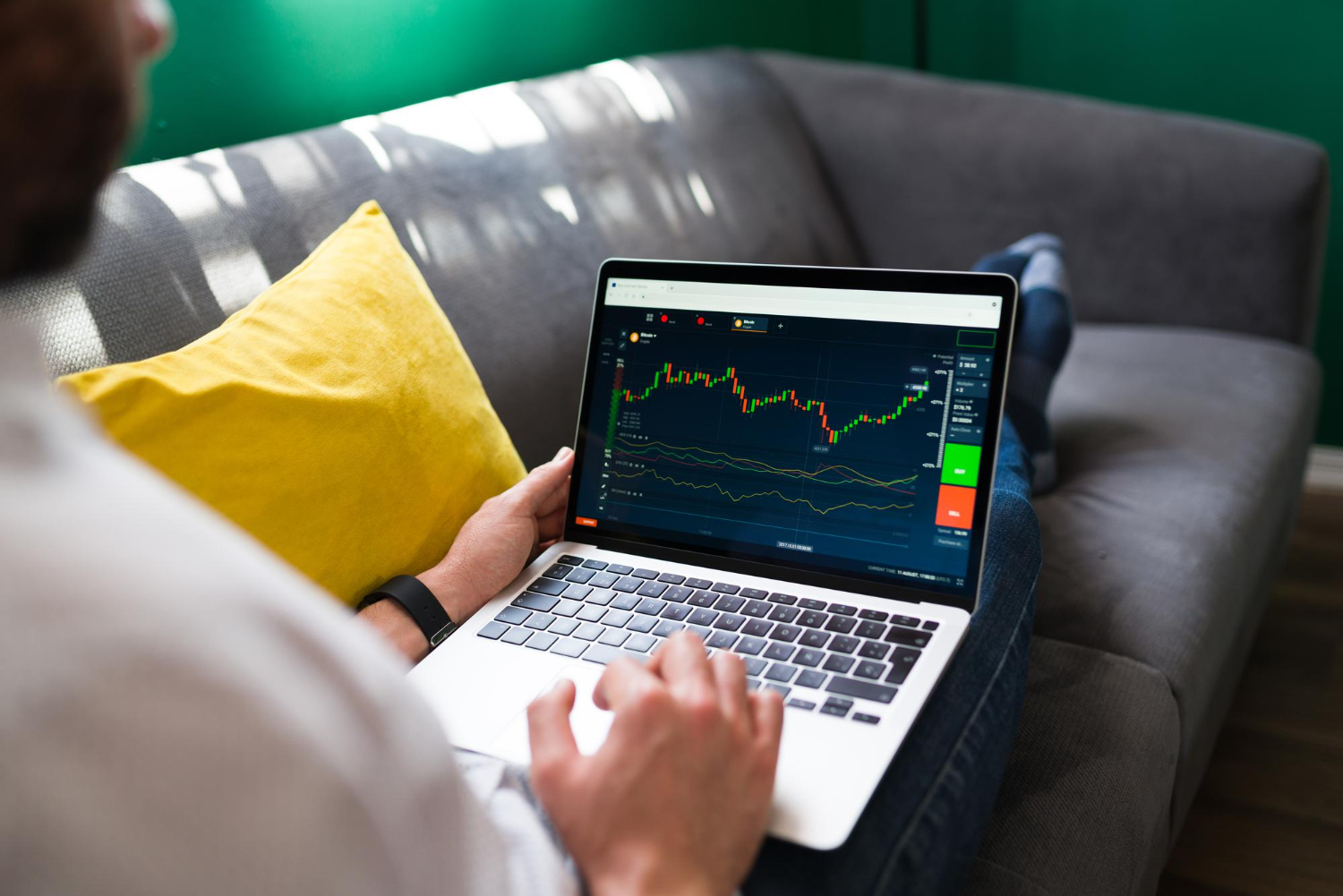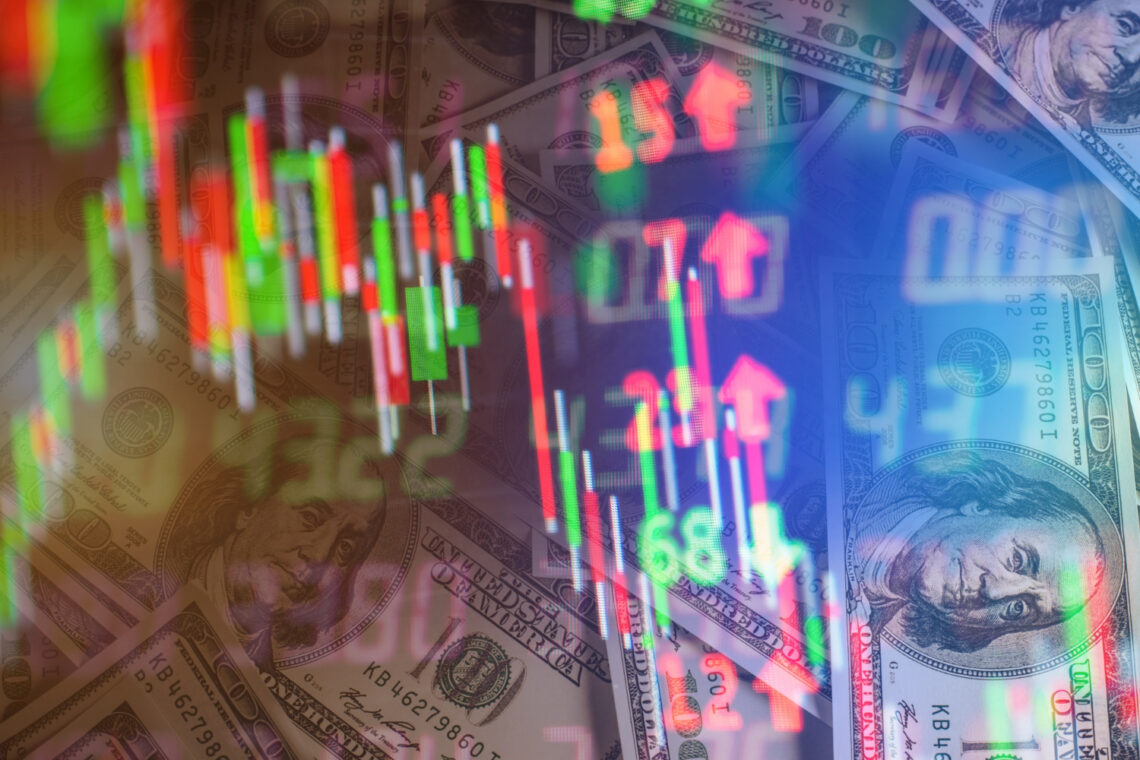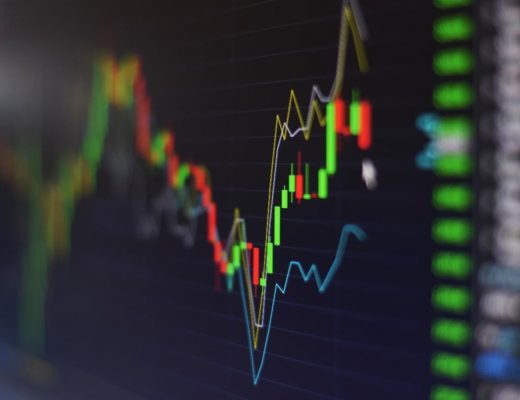When companies use the buyback mechanism
A buyback is a procedure whereby a company buys its shares from its purchasers. For example, a trader who has 10% of the total issue of securities can sell his share to the issuer.
A buyback is also used to reduce the number of shares on the stock market. If a company has available funds, it can withdraw some of its securities. This option is possible when a company does not plan to invest money in other projects but needs to spend it. It should be understood that as soon as a business starts investing in its own shares, it can be a sign of stagnation. However, there is a positive side to a buyback – it strengthens the position of large investors. Often companies resort to this option to strengthen their presence in the market under the influence of serious competition.
One of the key purposes of a buyback for a company is to get back a large block of shares so that they do not fall into the hands of other legal entities or individuals. In this way, the business is protected from the risk of a change of ownership or takeover. However, a buyback is possible only if the company has large sums of money available, and such an acquisition will not be to the detriment of the rest of the process.
The benefits of a buyback:
– an opportunity to get rid of excess liquidity;
– changes in the company’s capital structure;
– contributes to an increase in the price of shares and profits from them;
– allows you to get tax breaks on favorable terms;
– increases the number of shares in the hands of employees. The company can declare the beginning of a buyback in case the value of securities has gone down for unknown reasons. To reduce the effect of undervalued shares, the company begins to buy them back. This procedure is also used to ensure the payment of dividends, when the value of the paper, on the contrary, demonstrates above-average growth.
The company can declare the beginning of a buyback in case the value of securities has gone down for unknown reasons. To reduce the effect of undervalued shares, the company begins to buy them back. This procedure is also used to ensure the payment of dividends, when the value of the paper, on the contrary, demonstrates above-average growth.
There are two types of buyback – compulsory and voluntary. The first is carried out without the separate permission of securities owners. Such a buyback can be approved by a shareholder who has 95% of the shares participating in the voting. In the case of voluntary buyback, the securities owner is sent an offer to buy the securities, and he has the right to refuse it.
Buyback can be carried out in three ways. The first is through the open market, where the company creates an order to buy a certain number of shares and waits for the result.
The second option is a tender buyback at a predetermined price. In this case, it is possible to purchase a large block of securities in a relatively short period of time.
The third method is called the Dutch auction, where the price of the shares depends on the shareholders. Each of them sets the final price of the securities, and it can be low.










